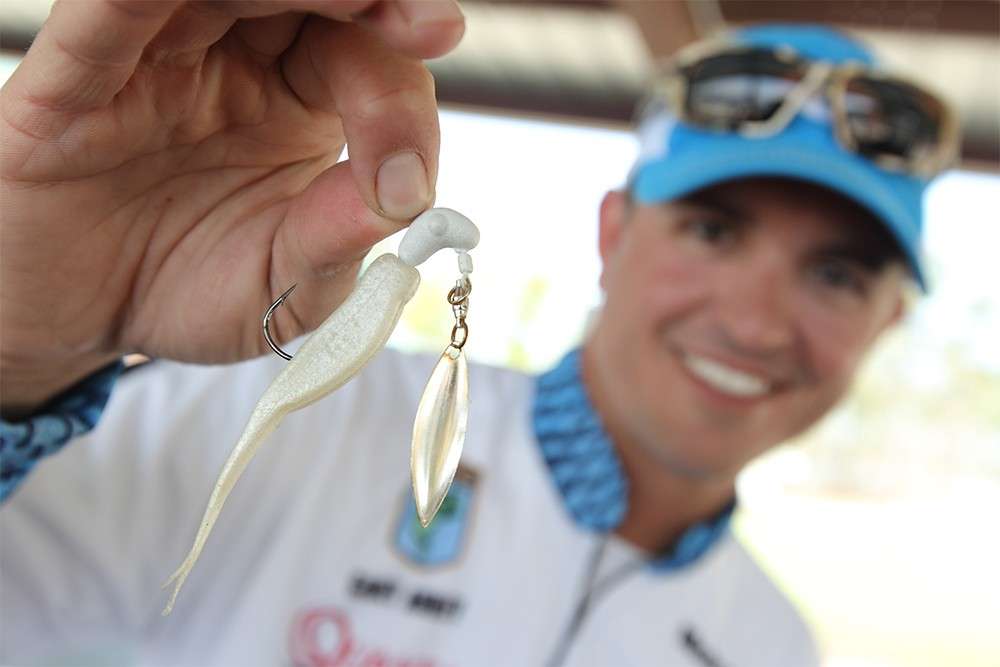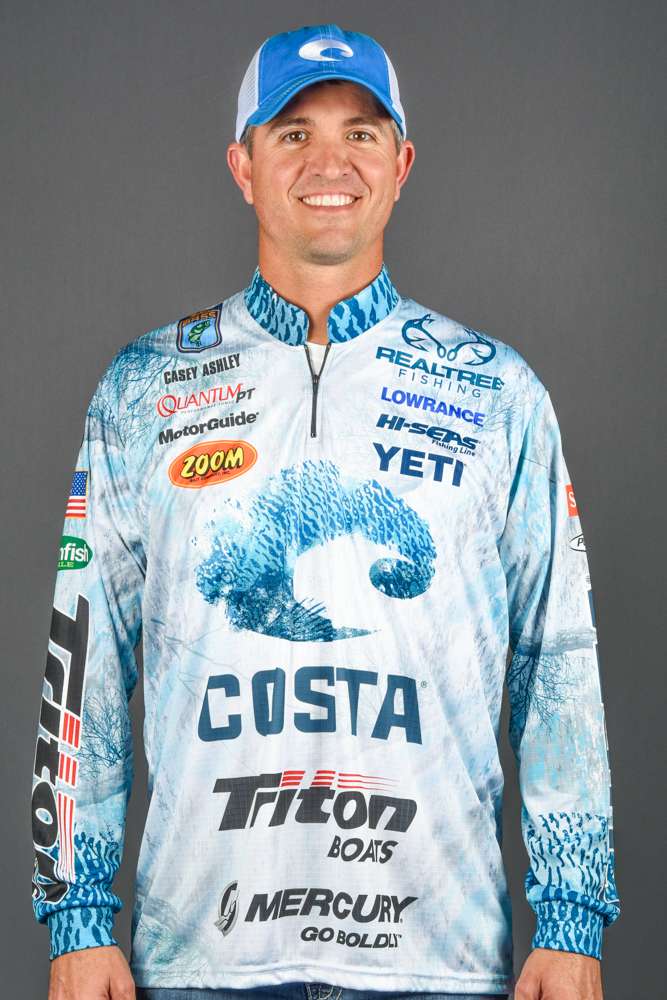
This week, in Orlando, Fla., the industry gets its first look at the newest round of products designed to help us catch more fish. There will be a lot to see at ICAST, but one category I’m always interested in is baits.
It seems that the bait world has gotten so crazy with creativity that you wonder what they’re going to come out with next. Each year, there’s always something new coming out. Sometimes it’s a big hit, sometimes it’s not and sometimes it’s seasonal.
Some baits get really hot for a while and everybody starts throwing them, but then they die off and the companies come out with more new stuff at ICAST, or they bring back some of the old stuff.
Everything changes in the fishing world, but the good thing is the manufacturers have different people that they work with — pro anglers, people that actually invent the baits and tweak the performance. You have all these people that bring different thoughts and ideas into the design and creation of these baits, so the end result combines a lot of knowledge and experience together to help us catch fish.
The thing to consider is that the new baits that consumers will see after the show are not something that was just thrown together a week ago. For example, I’ve only been a part of Livingston’s pro staff for about a year, but a soon as I came onboard, we started testing the baits that are coming out this week.
It takes a lot of time; a lot of trial and error. You test baits, send them back, change something. Most consumers don’t realize that a company might charge $6 or so for a crankbait, but they have thousands of dollars invest in the development.
Some of the baits that Livingston will introduce this week are baits that I’d feel confident throwing right now. One of their new models will be a shallow running crankbait with a circuit board style bill that makes it come off cover really well.
This 6- to 8-foot diver is the kind of bait you’d throw around the ends of blowdowns, deep brush piles and the ends of points. It’s small and compact; a good bet for summer bass.
Another one I’ll use a lot will be the new Livingston medium diver. This is something that will run 10-12 feet and let you work those ledges and other mid-range structure.
This bait has a couple of key design features that I value in a medium diver. First, it has a good spoon bill that makes it reach your target depth quickly and it has a big profile to attract those quality fish.
In addition to those features, I like the fact that the bait is designed to move through the water without a ton of resistance. That means it won’t pull on you as hard so it won’t wear out your forearms and you wrists to crank all day.
Livingston will also add something unique to the swimbait craze that has gone through the roof. We’ve seen a lot of interesting designs over the past couple of years and this year, Livingston will introduce a jointed swimbait with options for big trout or shad bodies.
Swimbaits, for me, play a big role in catching big fish for two reasons: First, you can throw them a mile and that’s a big benefit when your fishing clear water.
Second, swimbaits will point you to the fish. I have to admit that swimbaits are not much of a confidence bait for me, in general. I mean, you put a jig in my hand and I’m going to catch fish.
But I like swimbaits because they make big fish show themselves. You always hope they’ll end up eating the bait, but even if they don’t, once you see a fish following your bait, you know where he’s living.
I’m happy to see that Livingston’s also expanding into topwater frogs. There’s a lot of good frogs out there, but here’s what I think is cool: With Livingston’s Electronic Baitfish Sound Technology built into this frog, your bait keeps fishing, even when it’s sitting still.
Balancing out the new designs, ICAST often sees companies reintroducing some of the great baits that have earned their reputations. One of those will be the reintroduction of the Original Zoom Worm that’s been around for 40 years.
Zoom will offer this 6-inch flat tail worm in hand pour colors that are going to work great on a shaky head or a dropshot. In the summertime, I like to fish vertically over deep brush in 20-plus feet. That’s just something I plan on including in my day.
No matter what you’re doing — cranking and blowing down the bank, fishing a hump, throwing to a brush pile, at some point in the day, you’re going to mark a fish on your electronics, so you always have something rigged up and ready that you can drop to them.
During the summer, you’re almost always going to weigh a fish that you marked on your graph, dropped a dropshot and caught him. I refer to that as a gift.
This year at ICAST, I’ll be spending a lot of my time in the Costa booth where I’ll be happy to tell folks about the importance of quality polarized lenses for spotting that isolated cover that holds big fish. Costa will introduce some new frame styles and that’s a point I want to end on.
The right lenses help you see the cover and spot fish, but getting the right frames for your face is a very important step. Total protection for your eyes is the number one consideration, but you also want a good fit.
If you’re comfortable and no light is getting in, then you’ll experience less fatigue. If you’re feeling better, you’re fishing better. And if you’re fishing better, you’re going to catch more fish.

